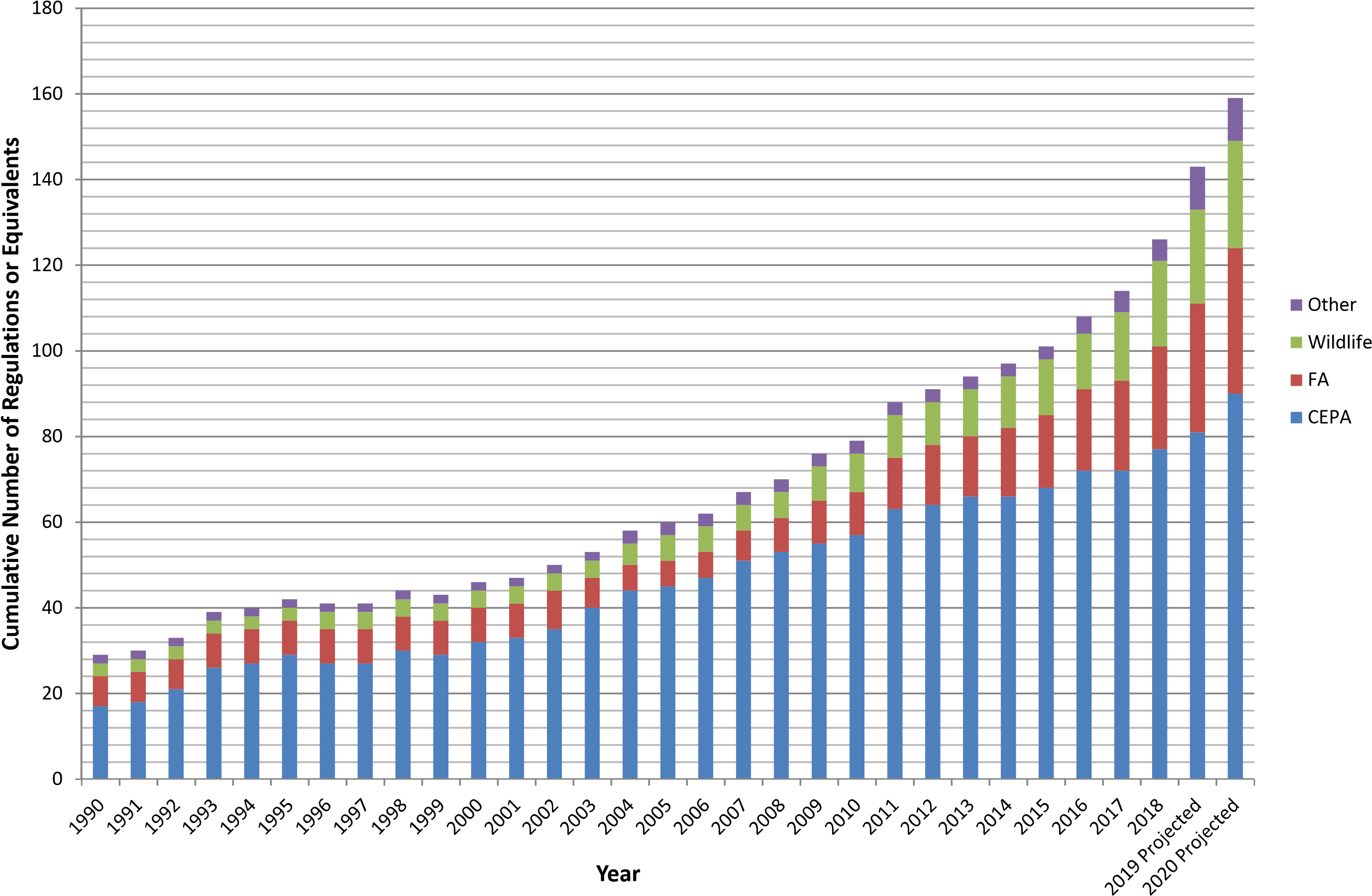Hi. Let me introduce myself. I recently departed Environment and Climate Change Canada having spent my career working in environmental and energy policy, the last 13 years of which in a senior environmental regulatory position, and now enjoy the title of Practitioner-in-Residence at Carleton’s School of Public Policy and Administration. Through this blog I would like over the next little while to share my Practitioner’s Perspective on Environmental Regulation.
I start from a few basic principles:
- that environmental policy is in its adolescence as a policy area
- that environmental regulation – defined broadly to include economic regulation such as carbon pricing — is not a tool of environmental policy, but the tool
- that environmental regulation in Canada is at an even earlier stage of development than environmental policy writ large.
John Braithwaite, David Levi-Faur, Jacint Jordana and other scholars have pointed to the global expansion of regulation, in all policy areas, over the last 50 years or so. As markets have become more vibrant, so has regulation – they have coined the term “regulatory capitalism” to capture this idea. Braithwaite’s animated graphic is a powerful illustration of this phenomenon.
Consistent with this global trend, Canada has seen rapid growth in federal environmental regulation since about 2002, as demonstrated in the chart below (personal communication from Environment and Climate Change Canada). As you may imagine from my background, and the principles above, I see that as a good thing!
In my work at Carleton I will be writing a series of case studies based on some of these recent regulations, and will provide updates and discuss some cross-cutting themes in this blog. First case study out of the gate will be the coal-fired electricity regulations of 2012!
Some of the themes that will be explored in these case studies and blog posts include:
- Simple doesn’t mean stupid – you can build innovation and flexibility into even the most basic of regulations
- Keep your eye on the ball – never forget what the real issue is
- Prescriptive vs. outcome-based – well, it depends
- There’s always a way — smart regulatory design can achieve multiple objectives
- Administrative costs matter too
- But we want to be regulated
- There’s always something new…
- Dancing with provinces
- Growing Eco-up (I will explain…)
- Above all, listen
So much to write about. Stay tuned.
Mike Beale
Environment and Climate Change Canada
Regulations and Equivalents* in Force and Projected
* “Equivalents” includes Orders and significant amendments to regulations and Schedules